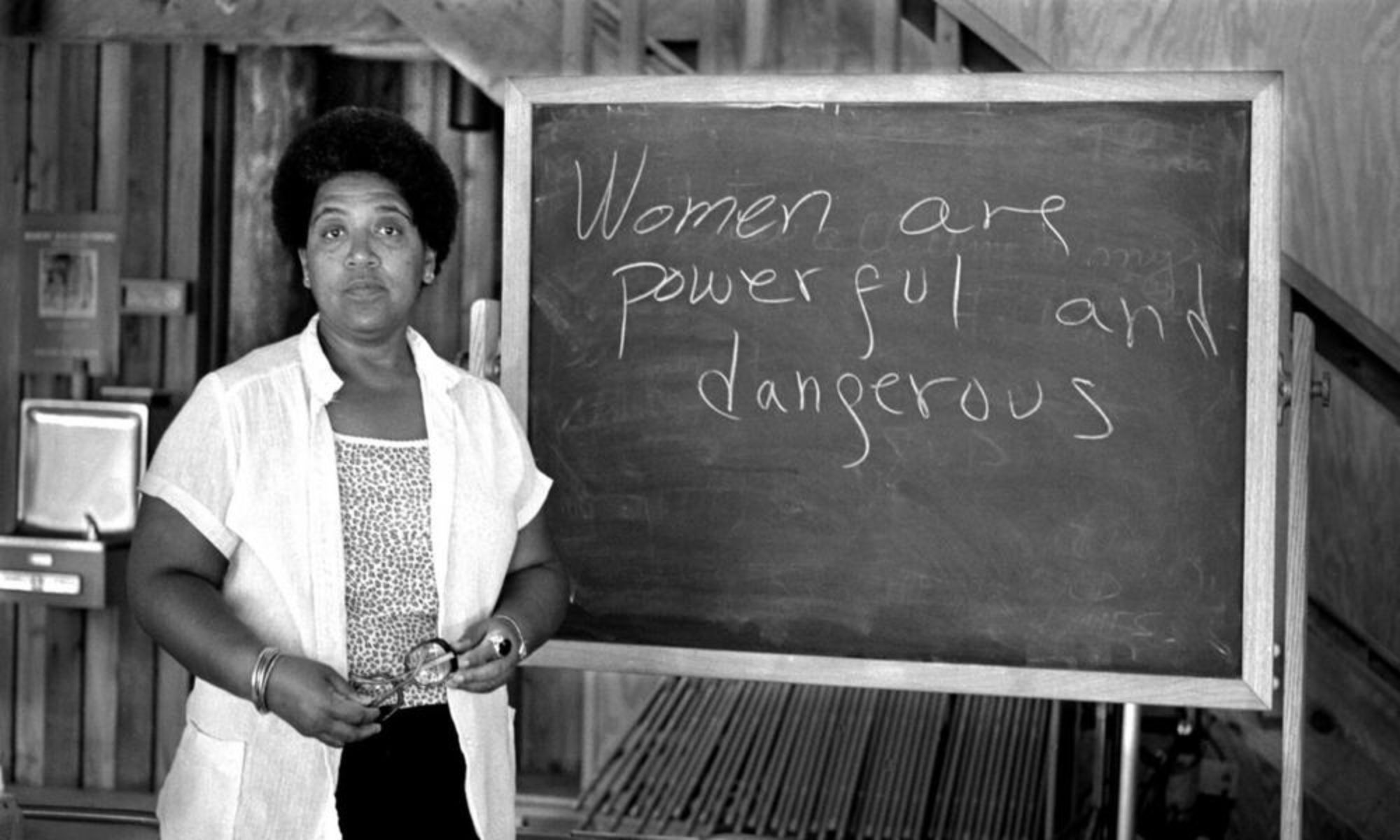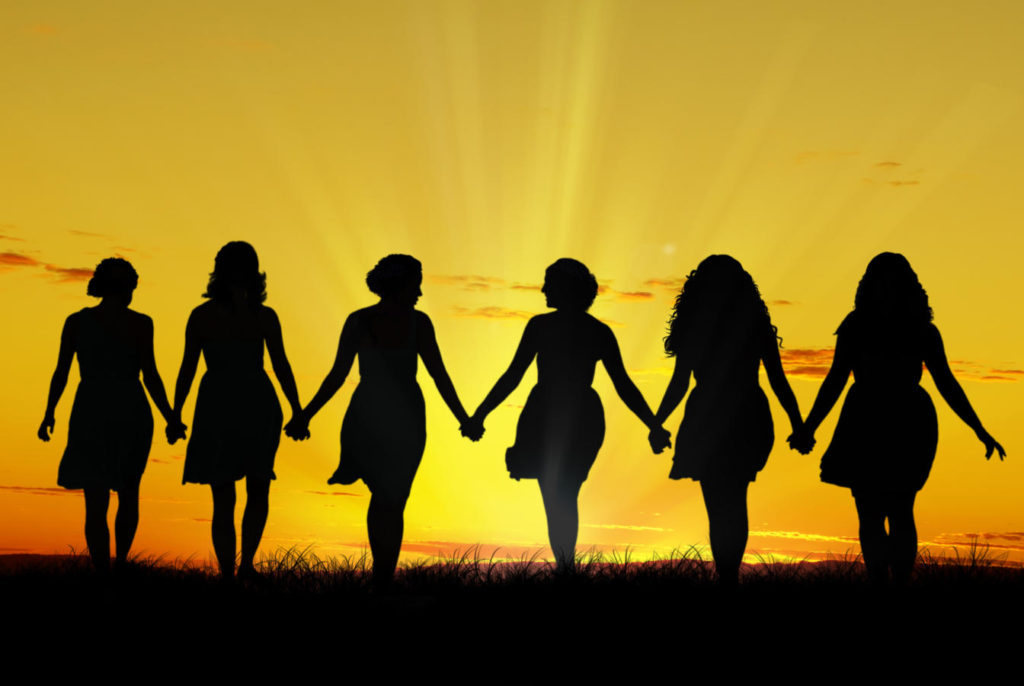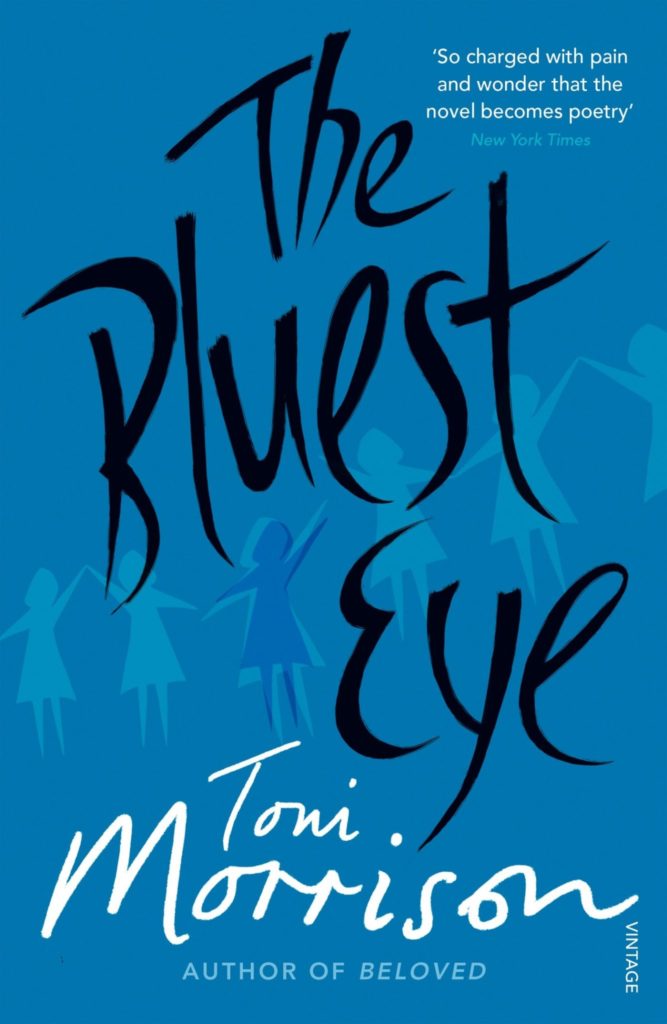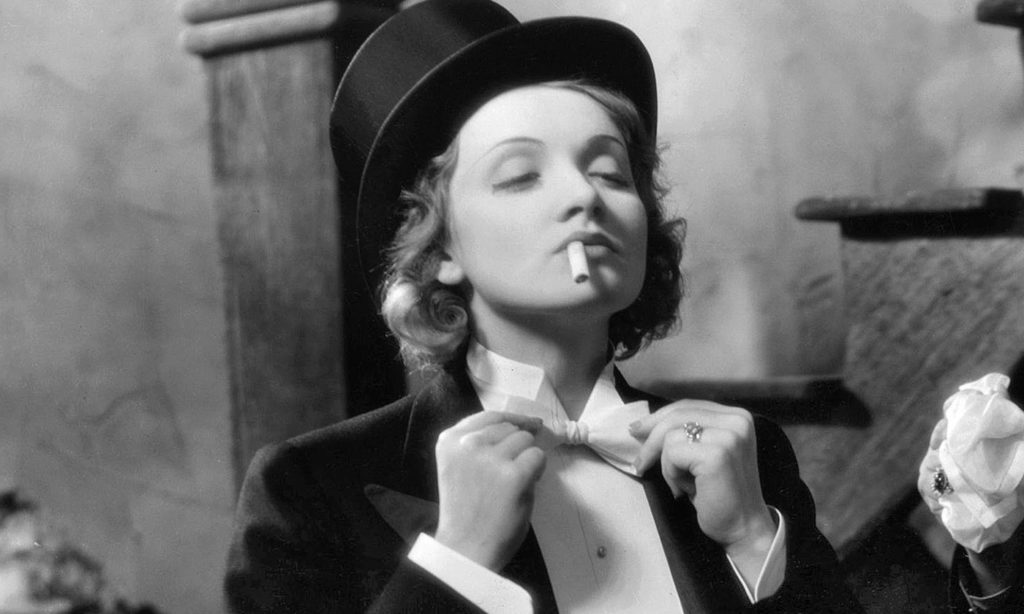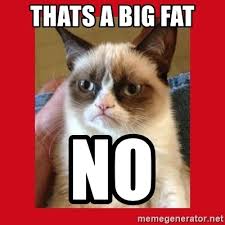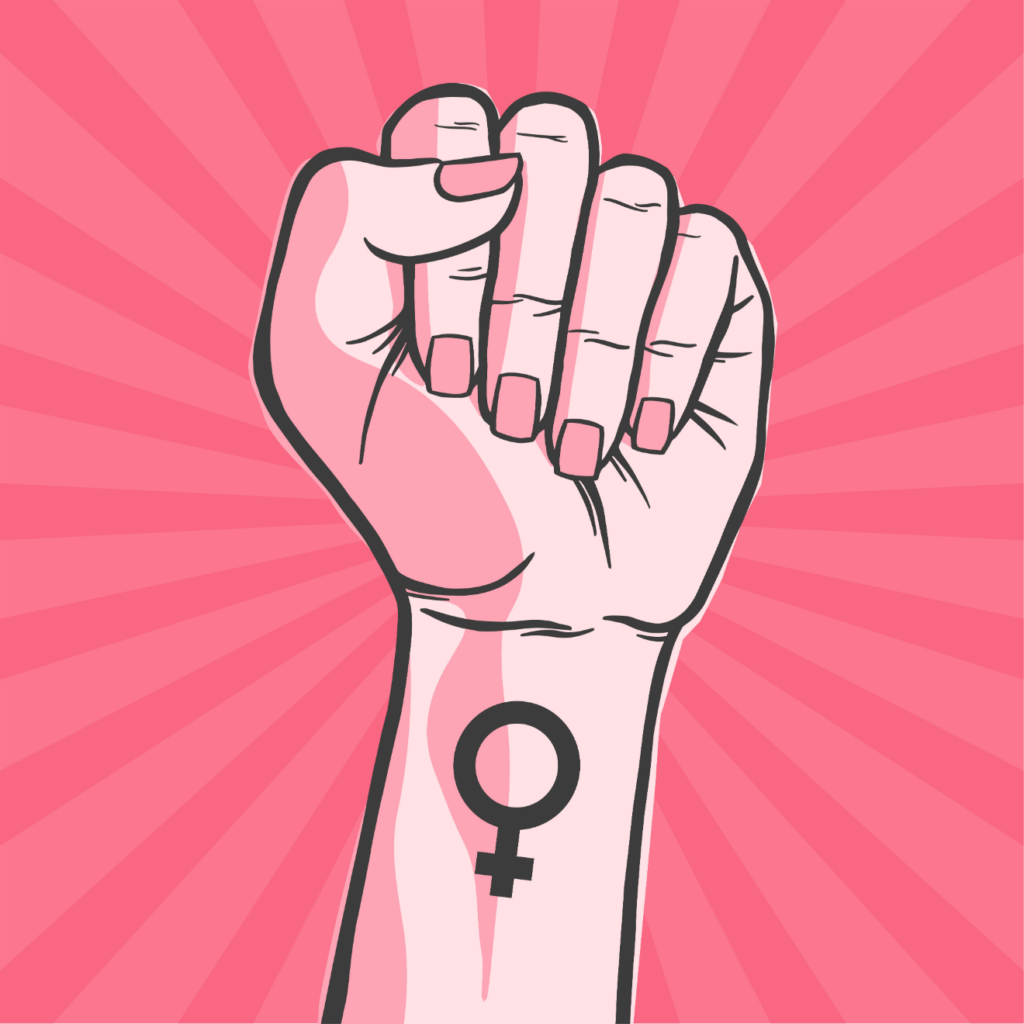What do you need to know about in order to contextualize and discuss your subject? Meaning, what academic subjects does your project relate to? Through research at the library and on the web, identify the different facets of your project, including whether it concerns contemporary news/events, race, gender, sexuality, history, important countries (the US, India, China, etc.), social status/class, media (which media? film, broadcast tv, streaming shows, social media) and any other salient factors.
The hypersexualization of black women’s bodies has been a subject fought through the years since the 1600s when slave women and children were put on display due to their large buttocks, lips, and hips. Since then, the image of black women in the United states and all over the world has been coveted for their sex appeal, while simultaniously being mocked and ridiculed through history. According to Connie Johnson’s research, “images of minority women are distorted to fit the dominant group’s ideals and cultural relevance, which affect the identity of minority women.”(5). Johnson’s research on this subject focuses mainly on magazines, where black women were seen as being representative of only 4.7% of images. These images, though low, have a huge impact on black girls who are being fed this white washed image of those of their race throughout their lives. Featurism was very obviously applied in these select few women, as select black features deemed as unattractive such as large noses and kinky-curly hair were ostracized. The featurism and hypersexualization of certain features are still shown today, where social media plays a big part in it. Things such as “blackfishing”, a term made up by black twitter to represent white women who use select black features as a dressing tool for likes and attention, are still in use today. White influencers on social media are known to get lip injections to plump their lips up, melatonin injections to make their skin darker, and surgery in order to give the appearance of rounder buttocks. This sends the message that black women are only accepted in this society if body parts that are hypersexualized by men and women alike are present. This also gives the impression that while black women are looked down upon for having these features, women of other racial groups will be praised and given more opportunities because of these same features.
